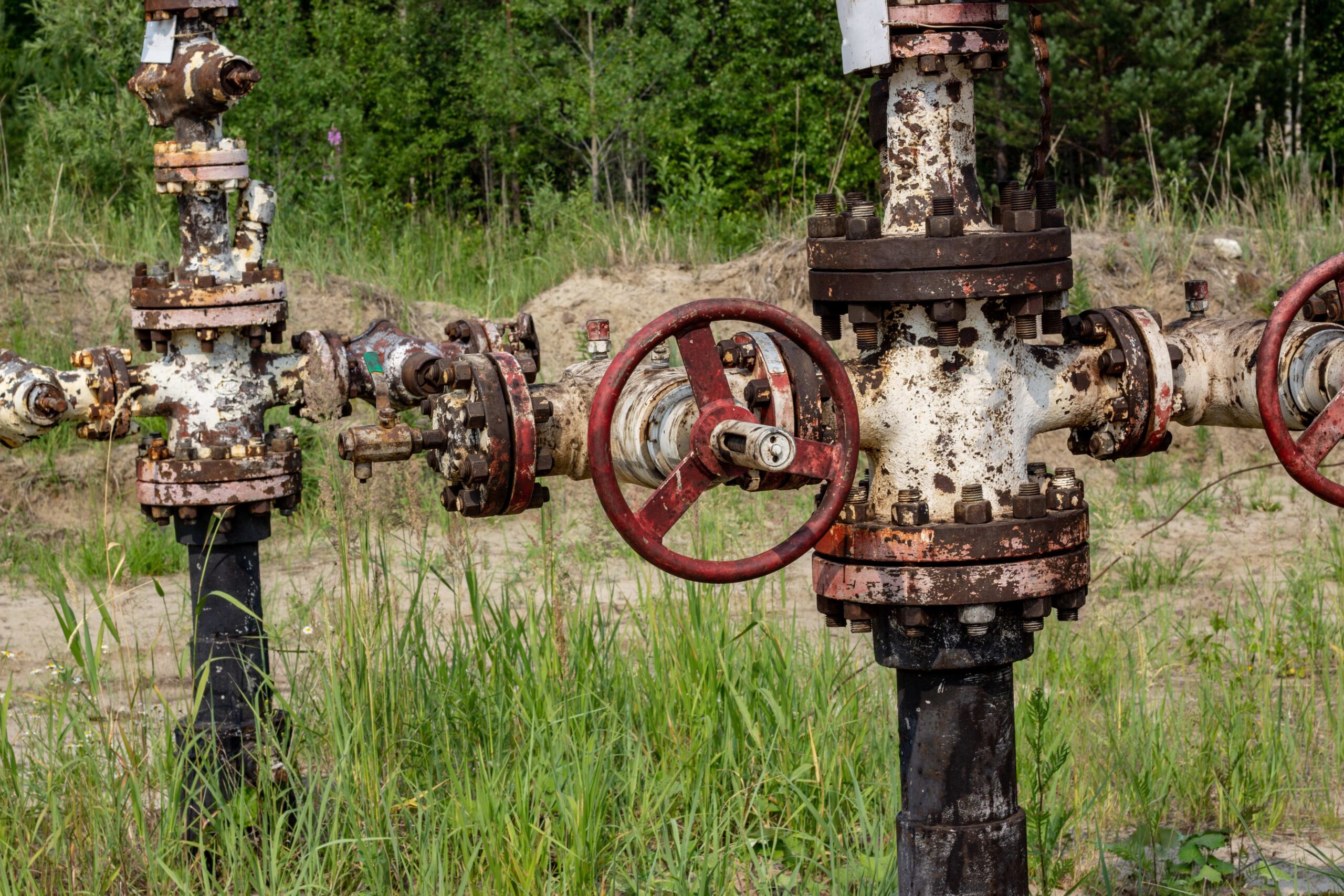This website uses cookies so that we can provide you with the best user experience possible. Cookie information is stored in your browser and performs functions such as recognising you when you return to our website and helping our team to understand which sections of the website you find most interesting and useful.
ACR Response to EDF and Woodwell Report: Agricultural Soil Carbon Credits

LITTLE ROCK, AR, August 6, 2021 – The Environmental Defense Fund (EDF) and the Woodwell Climate Research Center (WCRC) recently released a report titled “Agricultural Soil Carbon Credits: Making sense of the protocols for carbon sequestration and net greenhouse gas removals”. ACR welcomes this report and supports the viewpoints expressed by EDF and WCRC. The report is consistent with ACR’s own program offerings and lessons learned from over 10 years working to develop rigorous GHG accounting methodologies for the agriculture sector and pilot them as carbon offset projects. Much of ACR’s work in the agriculture sector was conducted with support from USDA NRCS Conservation Innovation Grants (CIGs). On several of these grants, ACR worked side by side with EDF. ACR does not issue carbon offset credits and has never issued any carbon offset credits for the activity of soil carbon accrual due to changes in agricultural management.
The report is a concise synthesis of the challenges encountered by many carbon market practitioners and sector experts over the last decade in developing market infrastructure for the generation of high integrity, fully fungible carbon offsets from changes in agricultural practices designed to increase soil carbon content. For several reasons, the report rightly concludes that carbon offsets are not the right financial mechanism to achieve the GHG reductions and climate resilience in the agriculture sector that are possible. ACR strongly agrees with the authors that agricultural management practices that increase soil carbon content should be adopted at scale for the wide range of benefits these practices provide (yield improvement, yield resilience, nutritional quality, water retention, water quality etc.) even if the overall GHG mitigation potential is uncertain and as has been suggested by WRI[1], more limited than is commonly perceived. ACR would add that, at minimum, the ultimate soil carbon accrual that results from these practices is highly variable, difficult to predict at farm level and occurs on a timescale of years such that annual payments to an individual farmer based on actual carbon accrual will be unreliable and modest.
ACR strongly agrees with the report’s statement that, “A lack of comparability and standardization will be especially problematic if the U.S. government decides to use [soil organic carbon] SOC credits to meet nationally determined contributions or if sectors required to reduce emissions purchase SOC credits to compensate for emissions elsewhere.” In terms of using agricultural offsets as compensation for known emissions, either at the national scale of for corporate reduction targets, activities should be limited to verified avoided direct emissions or verified avoided conversion. For example, approximately 8 million MTCO2e in emissions reductions have been issued as ARBOCs for use in the California cap and trade system from the installation of anaerobic digesters at livestock operations, representing real, permanent, additional, and verified offsets from the agriculture sector. Given the high GWP of methane, significant opportunities for offset generation related to livestock operations remain in the U.S.
Importantly, the report draws attention to scale and accuracy in process biogeochemical modeling outputs of SOC, demonstrating why farm level carbon offset generation from SOC change is flawed and why regional (or larger scale) quantification, especially when leveraging resources and tools of USDA, is an attractive approach for quantifying soil carbon gains. The report cites a 2010 study that showed approximately 20% error in estimates of SOC change at the national scale but 600-700% error at the farm level when using common process based biogeochemical models. And while high density sampling would seem an obvious improvement, cost and other accuracy concerns remain a hurdle to viability at current carbon prices. Reasonable accuracy at large scale is possible and compensation programs should be designed for the commensurate level of uncertainty in the SOC change estimates. The California Healthy Soils Program[2], administered by the California Department of Food and Agriculture (CDFA), provides a successful example of an incentive program that compensates farmers for practices, quantifies the benefits at the regional scale but does not use the soil C gains to allow for other known emissions in the state.
ACR strongly agrees with the points made by EDF and WCRC on permanence and additionality. These are hallmark criteria of offsets that cannot be watered down or ignored without fundamentally changing the product. It is these criteria, together with leakage, conservativeness and verification that render the offset exchangeable for allowed emissions of known quantity and fungible with other offsets. Technological advances will in time improve measurement accuracy and lower hurdles related to verification costs and individual farmer return. However, permanence of SOC crop systems and the additionality of widely adopted practices cannot be assured.
A few points not made by EDF and WCRC but which ACR feels support and complement the report are provided below.
- When considering agricultural soil carbon accrual solely as a GHG mitigation opportunity, it must not be pursued at the expense of other nature-based mitigation options such as reduced deforestation or wetland conservation and restoration. Certainly, the many other associated benefits of increasing in agricultural soil carbon content warrant their implementation.
- The ability to achieve massive scale in GHG mitigation from agricultural soil carbon must always be considered together with food security and the available land and farming practices to achieve that security [3], [4].
- The farmer not only makes the investment in, bears the risk of, and manages the implementation of the practice change that produces the benefit, but they also collect the data needed to quantify the benefit in many cases. Thus, the farmer owns the benefit and the data supporting it at its origination (in addition to owning the crop). The report suggests that these SOC benefits be accounted as a reduction in Scope 3 emissions for a downstream buyer of an agricultural product as opposed to a carbon offset. In this scenario, issues of data ownership and fair compensation for the benefit creation (as opposed to worth of the claim) must be considered.
- EDF and WCRC clearly lay out the concerns for SOC accrual as a carbon offset and offer some incentive alternatives. Given the severity of the concerns, at this time, offsets generated from this activity are not fungible with other carbon offsets and potentially undermine the high integrity of existing offset programs. Confidence in these products is key to their ability to continue delivering real GHG mitigation.
[1] https://www.wri.org/insights/regenerative-agriculture-good-soil-health-limited-potential-mitigate-climate-change
[2] https://www.cdfa.ca.gov/oefi/healthysoils/
[3] https://research.wri.org/sites/default/files/2019-07/WRR_Food_Full_Report_0.pdf
[4] https://www.wri.org/insights/6-ways-us-can-curb-climate-change-and-grow-more-food




